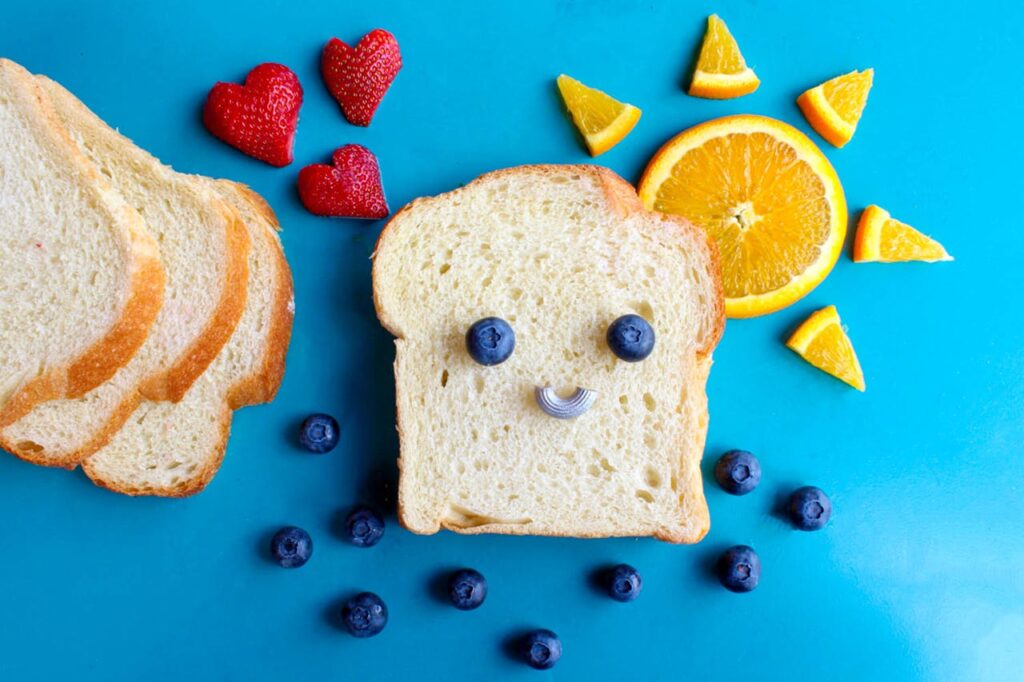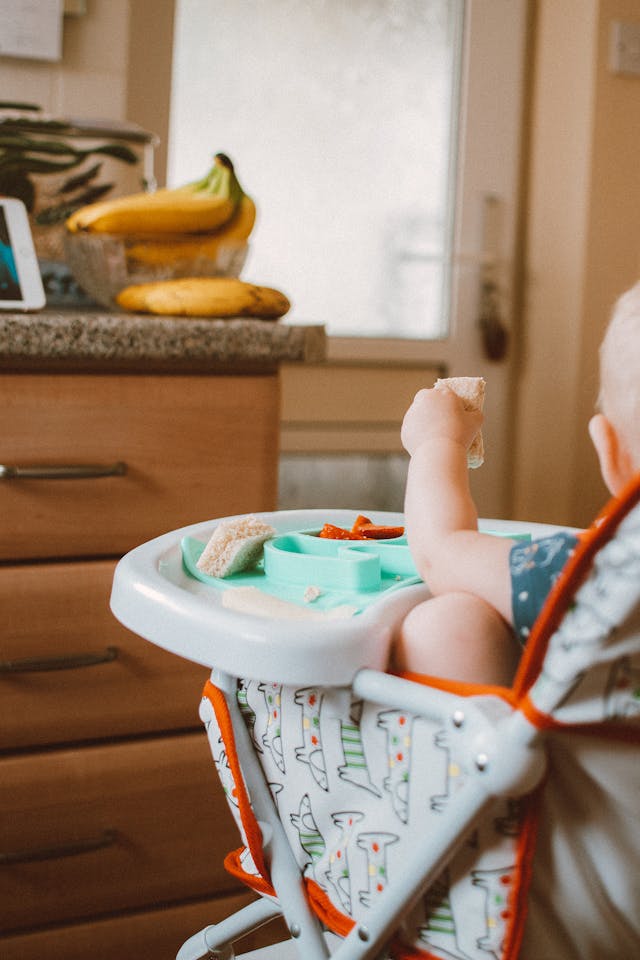Ready to learn how to make baby food? We talk about nutrition and baby food recipes! It is a fun and satisfying process to make baby food at home. The recipes I have prepared are simple and uncomplicated to help individuals quickly understand how to make homemade baby foods. These baby food recipes should produce good-tasting dishes that suit your child’s stage of development. Let us learn how to prepare healthy but palatable foods with incredible baby food recipes!
Table of Contents
Introduction to Homemade Baby Food

There are several advantages to making baby food at home. First, it ensures that you control what your child eats since all foods will be fresh and preservative-free, compared to commercial ones, which usually have artificial additives.
In most cases, homemade baby foods are more nutritious than those bought from shops because one can include different types of fruits and vegetables containing essential vitamins and minerals needed for the baby’s growth and development. Furthermore, preparing baby food at home might be cheaper in the long run. Buying large quantities of fresh produce and storing more significant portions makes it less expensive.
Getting Started: Essential Tools and Ingredients

To make homemade baby food, you need essential kitchen implements and fresh ingredients from the market or farm. The critical tools required for this process include blenders or processors for pureeing, steamers where fruits or vegetables are gently cooked, small storage containers that can be cheaply acquired, or ice cube trays, which allow easy freezing when stored in portion sizes.
Knives and cutting boards are also crucial for other preparations. This menu can be expanded by adding grains such as oats or rice. You should always choose organic products to minimize exposure to toxic chemicals. Fresh meat such as turkey or chicken may also supplement proteins in the meals.
Baby Food Recipes for Early Stages (4-6 months)
Introducing solid foods to babies during the fourth to sixth months may be exciting and intimidating. Start with easily digestible and non-allergenic food items. To start, give your baby single-item purees. Foods can include mashed bananas, avocados, and sweet potatoes with only one ingredient. Banana mash is very easy to make.
As for avocados, take one half, remove its seed, then scrape out the flesh to mash or blend it with a bit of breast milk or formula to achieve a creamy consistency. Steam or bake sweet potatoes until they become soft, then mix them. Remember to introduce only one new food at a time and wait a few days before introducing another type.
Advanced Baby Food Recipes (9-12 months)
Babies’ nutritional needs and ability to tolerate complex textures in their diets change with age. Slightly chunkier meals would suit babies between nine and twelve months because they offer richer experiences in both taste and texture. Soft fruits such as diced peaches, pears, and berries are easy to pick up among infants.
Protein sources are also necessary at this stage. Pureed chicken can be mixed with vegetables to give a heartwarming meal. Broil or roast chicken until fully cooked, then combine it with steamed veggies such as sweet potatoes or broccoli.
Tips for Storing and Serving Baby Food
The nutritional value of homemade baby food is maintained through proper storage and ensuring its safety. Keep refrigerated the portion you will use within a day or two after preparing it. Individual servings should be frozen in small freezer-safe containers or ice cube trays if you want to store them for a long time. This way, defrosting will be easy if you thaw only what you need.
Containers should always be labeled with the date when the food was cooked so that freshness is controlled. While reheating baby food, ensure that it is warmed evenly and not too hot at any spot where your baby could get burns on his mouth due to uneven warming. You can heat it using a microwave or stovetop, stirring frequently to check the temperature before serving.
Encouraging Healthy Eating Habits

Your child needs a positive environment around food during meals to grow up with good eating habits. Start by creating regular meal and snack times that provide a schedule. At least try to have dinner together as a family, which teaches them how to eat correctly and enhances bonding time.
Let your child prepare meals when appropriate; this will make them more likely to try new foods and create interest in food. Dealing with picky eaters can be challenging. To ease the dislike of new foods, start by introducing one new item alongside familiar favorites they like. Transforming food into something fun using different shapes and colors makes it irresistible to kids.
Also, do not rush or force them into eating, as it may disrupt their appetite forever. Gradually exposing your child to new foods without forcing him/her will eventually broaden his/her taste buds. Encourage your child for every effort he/she makes towards trying out something different from the average experience.
FAQs
At what age should I begin feeding my baby solid food?
Various indications show that your baby is ready to eat solids, such as sitting upright with some support, taking an interest in food, etc. Just make sure you look out for these signs.
How does one know if a baby is allergic to a meal?
Once you have introduced a new meal, be keen on any reactions such as rash, swelling, vomiting, and diarrhea. This approach enables the identification of allergies, thereby introducing one meal at a time and leaving it for some days before adding another type.
Can I use canned or frozen vegetables to make baby food?
Although fresh vegetables are preferable, frozen ones are suitable since they retain most nutrients. For babies, avoid canned vegetables because they contain high levels of salt or additives.
Conclusion

This guide has given you different perspectives, practical advice, and baby food recipes. You should know that the tastes and choices of each child are unique; thus, you must remain strong and determined throughout the process. By serving healthy, fresh meals and creating enjoyable meal times, you are starting up healthy eating habits that will last a lifetime. In every new taste and texture we share with them in their development process, treasure these times as you celebrate your baby’s first steps in this journey. Your health-conscious efforts are building their future!


